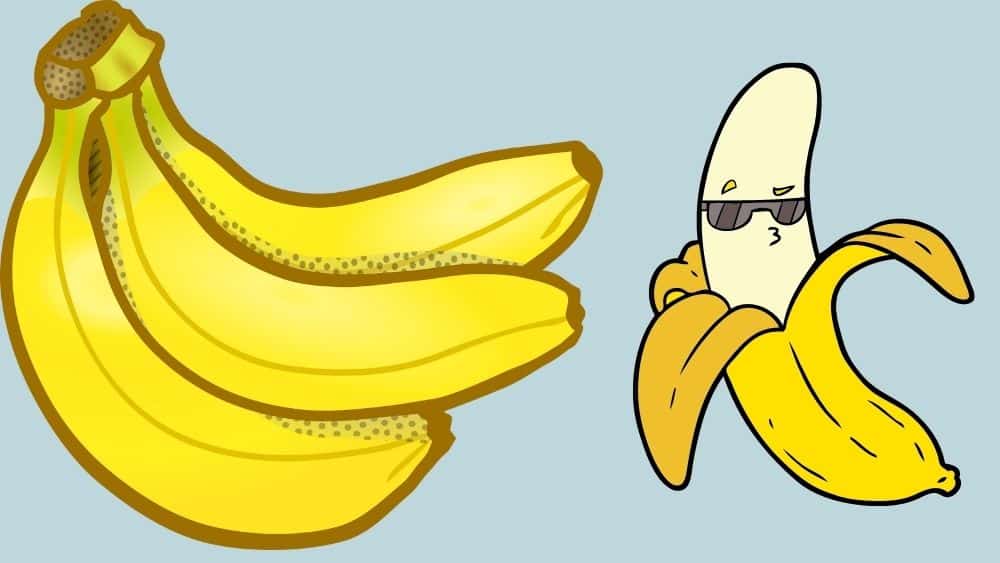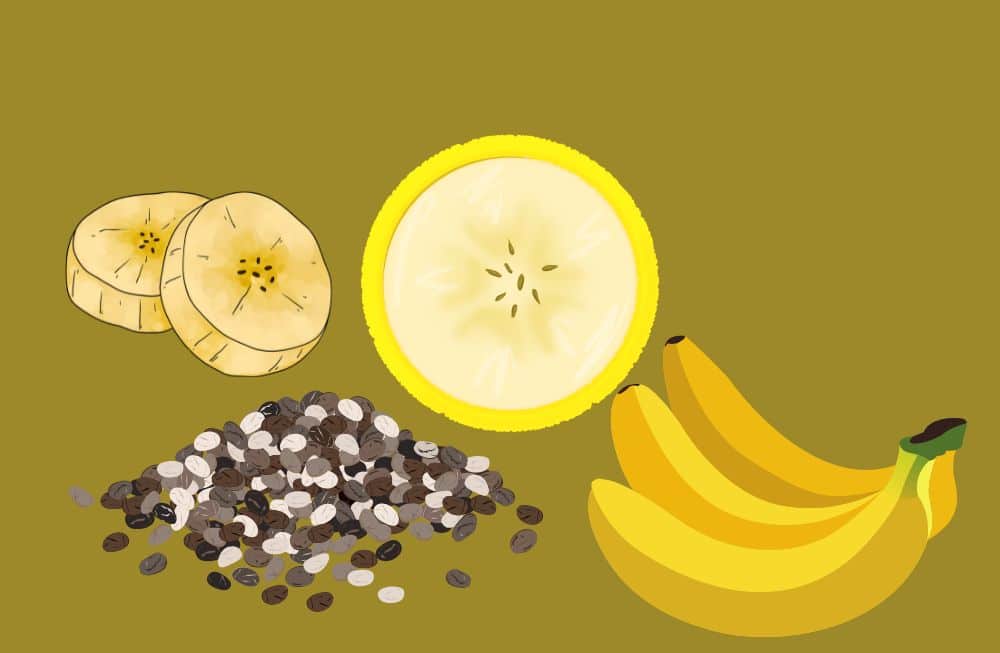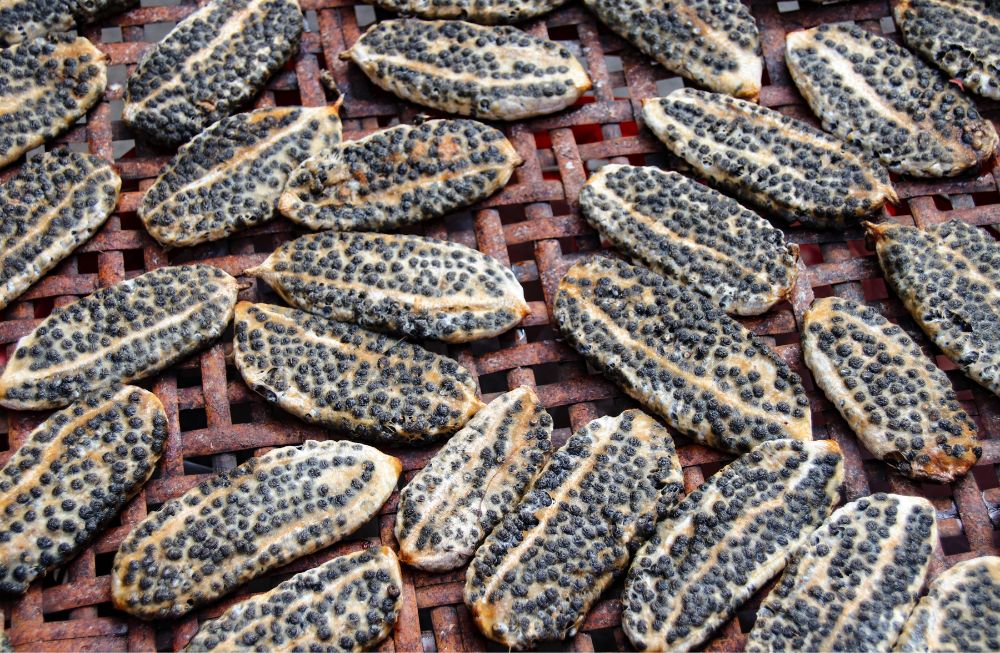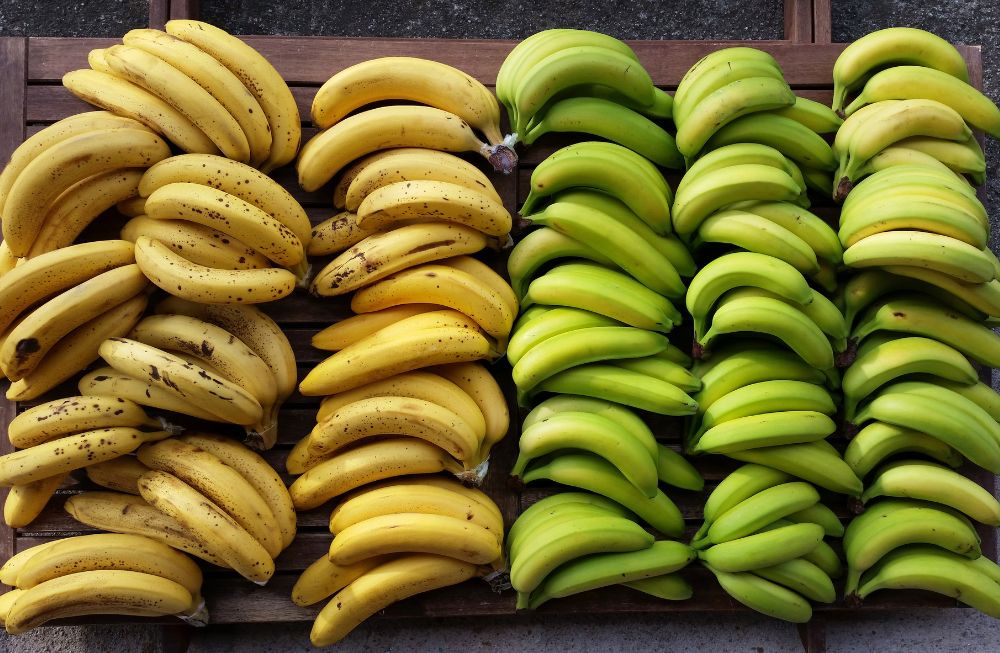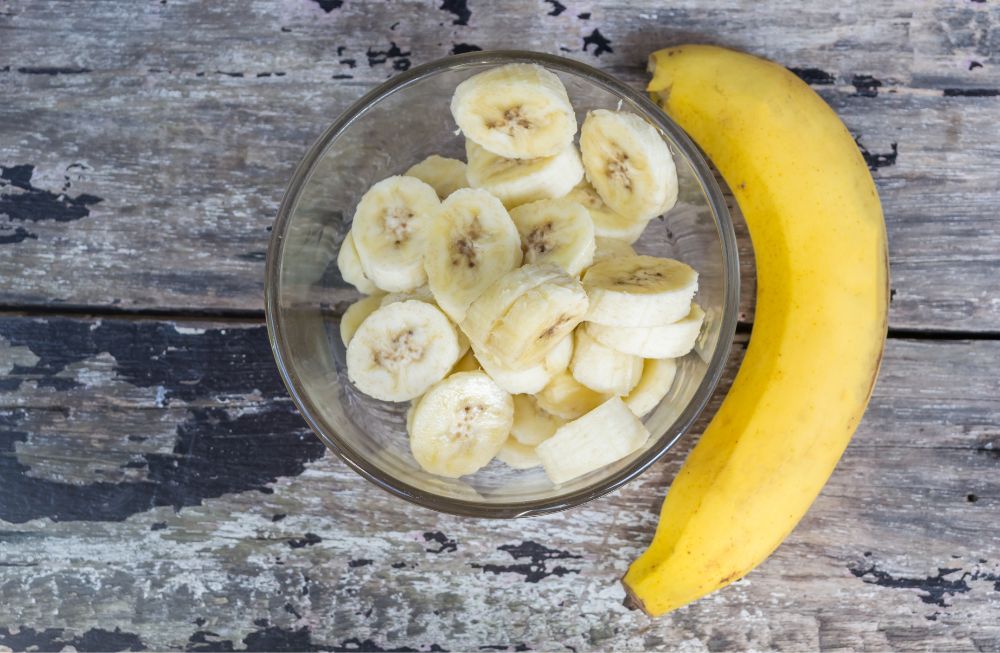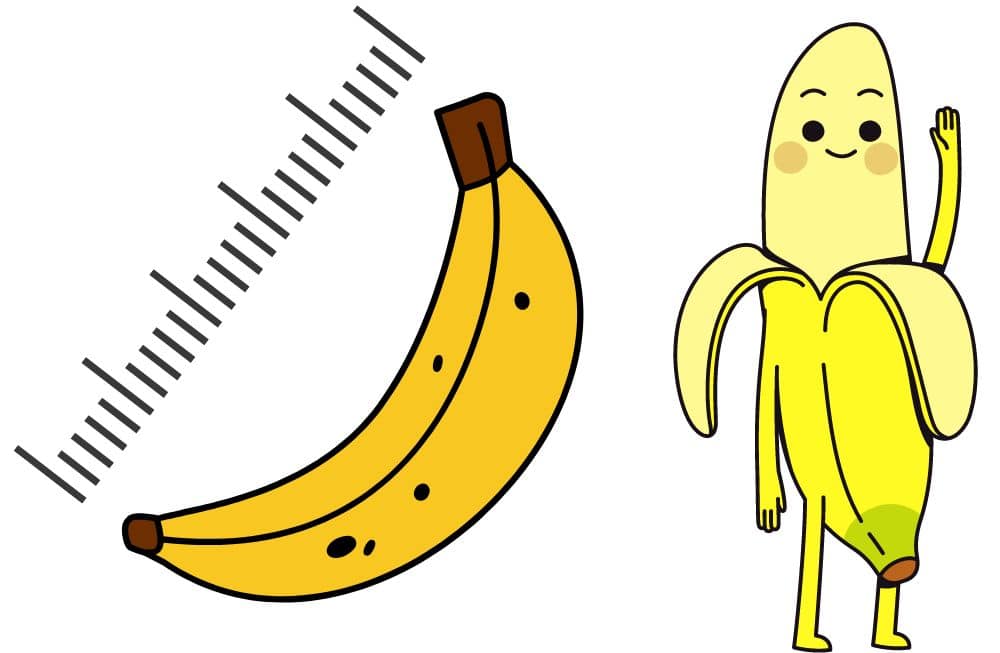Discover the unique beauty and flavor of the purple string of bananas in this informative blog post. Learn about the natural causes of their purple color, rarity, propagation methods, care and growing conditions, and how to incorporate them into your cooking. Try something new and find out why purple string of bananas are a must-try fruit.
As a banana and agriculture expert, I am excited to share with you the fascinating world of the purple string of bananas. These unique and delicious bananas have recently gained popularity due to their striking purple color and sweet taste.
Bananas are one of the most popular fruits in the world, but did you know that there is a variety of banana that is not only rare but also has a unique purple color?
This variety is known as the Purple String of Bananas, and it is an interesting and lesser-known member of the banana family. The purple string of bananas, also known as Manzano bananas, are a unique variety of bananas that have a vibrant purple color.
In this blog post, we will explore the natural causes of their purple color, rarity, propagation methods, care, and growing conditions, and how to incorporate them into your cooking.

Characteristics
The Purple String of Bananas is a small banana variety that grows in clusters. They are typically around 4-6 inches long and have a unique purple color, hence the name.
They have a slightly sweeter taste than the more common Cavendish bananas, with a hint of berry flavor. The Purple String of Bananas are also known for their thin, delicate skin that is easy to peel.
They get their purple color from a high level of anthocyanins, which are antioxidants that are responsible for the purple, red, and blue hues in fruits and vegetables.
This high level of anthocyanins not only gives the bananas their unique color, but also makes them a healthier option as they contain more antioxidants than traditional yellow bananas.
Now, you may be wondering if purple string of bananas are rare. The answer is yes and no. While they are not as common as the traditional Cavendish bananas that you typically see at the grocery store, they are not impossible to find.
They are grown in tropical regions, particularly in South America, and can be found at specialty supermarkets and farmers markets.
So, how do you propagate purple string of bananas? The best way to propagate the purple string of bananas is through suckers, which are shoots that grow from the base of the banana plant.
These suckers can be removed from the main plant and planted in a separate location to grow a new banana plant.
One thing to note is that purple string of bananas are not climbers like other types of bananas. They grow upright and don’t require any support. This makes them easier to grow and maintain in your own garden.
Cultivation
The Purple String of Bananas are typically found in Southeast Asia, particularly in Thailand and Laos. They are a hardy variety that can grow in various climates, including tropical and subtropical regions.
The Purple String of Bananas are also known for their resistance to diseases and pests, making them a popular choice among farmers.
When it comes to growing conditions, the purple string of bananas require a warm, humid environment with well-drained soil and full sun. They should be protected from frost and strong winds.
These bananas also require regular watering and may need some shading during the hottest parts of the day to prevent sunburn and maintain optimal growing conditions.
Potential health benefits
Not only are the Purple String of Bananas delicious, but they also have potential health benefits. They are a good source of potassium, which is essential for maintaining healthy blood pressure levels.
They also contain vitamins A and C, which are important for maintaining healthy eyes and skin. Additionally, the Purple String of Bananas are high in antioxidants, which can help to protect the body against damage from free radicals.
Conclusion
Finally, let’s talk about the question on everyone’s mind: are purple bananas natural? The answer is yes! Purple string of bananas are completely natural and their purple color is not the result of artificial coloring or genetic modification.
The Purple String of Bananas may not be as well-known as the Cavendish variety, but they are a unique and delicious addition to any fruit bowl. With their unique purple color and slightly sweeter taste, they are sure to impress.
Additionally, they have potential health benefits, making them a nutritious and tasty choice. With its resistance to diseases and pests, it is a good choice for farmers. Next time you see them in the market, give them a try!


